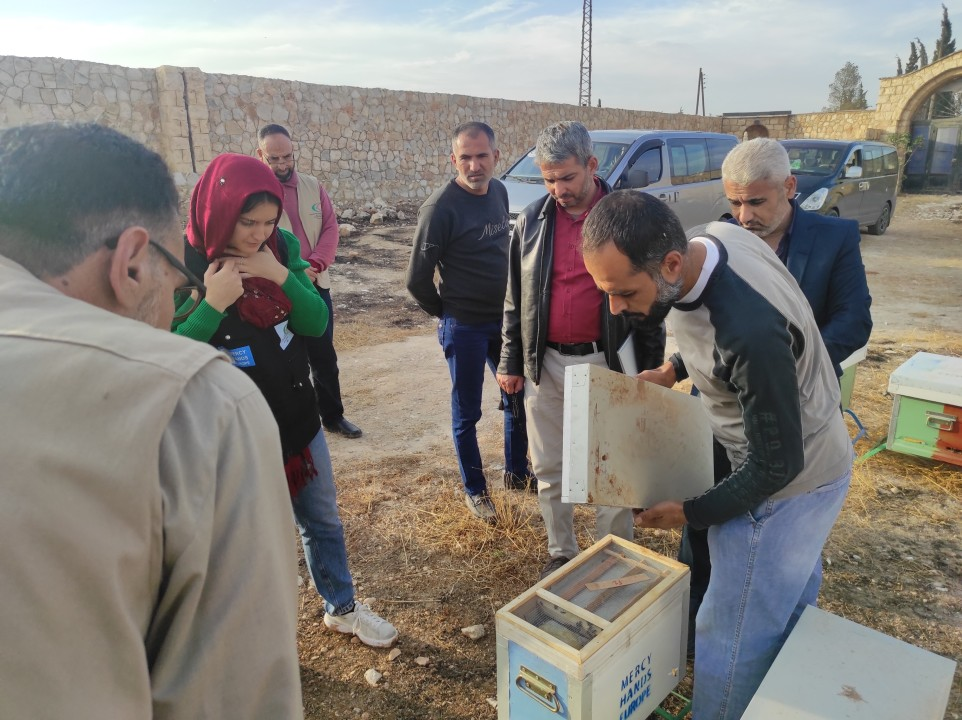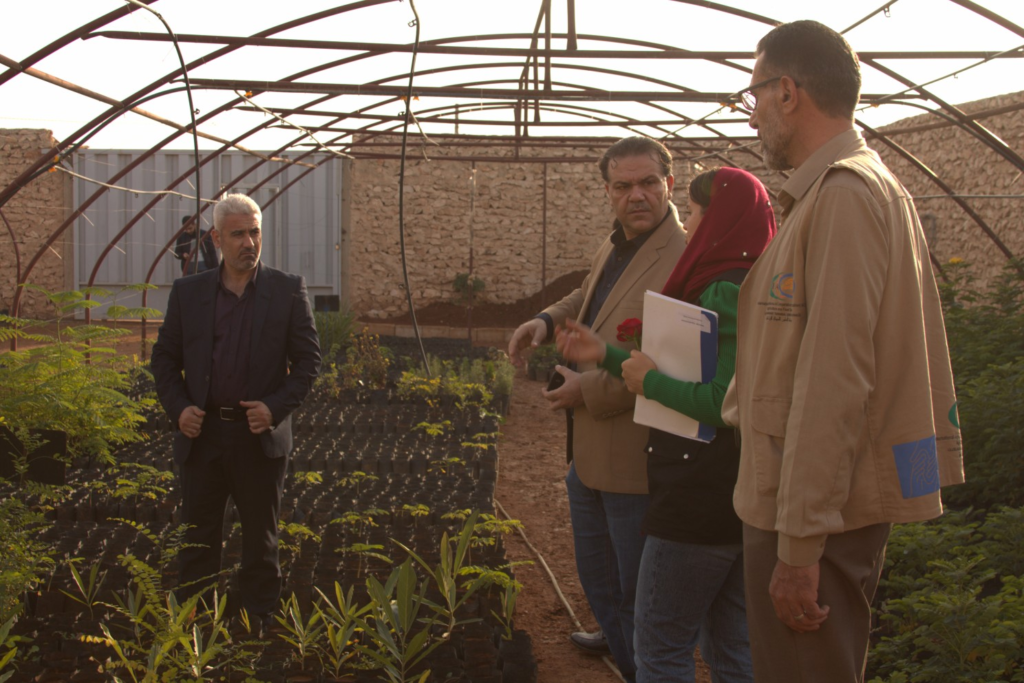Touching Lives, Not Just Papers:
Visiting Realities Beyond Performance Metrics in Humanitarian Work
24 November 2023

In the realm of humanitarian efforts, the successful implementation of sponsored projects is contingent upon a comprehensive understanding of real-time conditions on the ground. While financial support and strategic planning are essential components, the significance of field visits cannot be overstated.
These visits serve as a vital link between the analysis of needs on the field thanks to direct conversations with local communities involved in the initiatives, and the evaluation with one’s own eyes. The acceptance of launching the project provides an invaluable firsthand perspective on project developments, outcomes, and impact.
This on-site visit serves as a testament to the commitment we hold towards ensuring the success and tangible impact of our humanitarian and development initiatives. The intention behind this article is to shed light on the paramount importance of field visits in the realm of humanitarian work, addressing the curiosity surrounding the purpose and necessity of such Non-Governmental Organizations (NGOs) endeavours.

Meeting with the Executive Director of IACO, our implementing partner.
Last week, I embarked on a field trip to Syria to personally evaluate the progress of a projects initiated by my NGO, Mercy Hands Europe, in collaboration with our local implementing partner, International Agricultural Cooperation Organization (IACO). Within the weeks before my departure, many individuals raised valid questions regarding the reason for my visit to such a risky area like Syria. Are those visits really necessary? What is their purpose? What difference can they make?
Skepticism is often associated with the world of NGOs, and even more doubts arise when the leading organization is based in another location, questioning the need and feasibility of remote monitoring, cost-effectiveness, or the belief that project outcomes can be adequately assessed through reports and data analysis alone. Field visits play a pivotal role in gaining insights into the challenges, successes, and the overall impact of humanitarian and development projects, building bridges between the donor(s), the leading partner, the implementing partner(s), and local communities in need.
While reports and statistics provide valuable quantitative information, they often lack the depth and nuance required to fully comprehend the multifaceted nature of humanitarian and development interventions. Field visits allow us to go beyond the numbers, offering an immersive experience that connects us directly with the communities we aim to assist. It’s about touching lives, not just papers, and understanding the context in which our projects unfold.
Outlined below are some key achievements derived from direct engagement and on-site presence:
- Ensuring Accountability:
Transparency and accountability are paramount in the humanitarian sector. Field visits serve as a means of validating that funds are being utilized as intended and that projects are progressing according to plan. This firsthand verification not only builds donor confidence but also ensures that resources are directed where they are most needed, while guaranteeing the sustainability of the initiative.
- Understanding Local Realities:
Humanitarian and development projects are diverse, ranging from livelihood and healthcare initiatives to educational programs and disaster relief efforts. However, the effectiveness of these endeavors hinges on an intimate knowledge of the challenges and dynamics unique to the targeted regions. On-site visits enable you to witness the local realities, gaining insights into the cultural, social, and economic intricacies that might impact the success of their initiatives.
- Building Trust and Relationships:
Beyond data and reports, human connections play a pivotal role in humanitarian work. Field visits offer you the opportunity to engage directly with the communities you aim to support. Face-to-face interactions foster trust, open communication channels, and build relationships that are fundamental for the sustained success of any project. This personal touch helps bridge the gap between distant donors and the individuals directly affected by the initiative.

Engaging in a face-to-face meeting with beneficiaries to gather valuable feedback for continuous improvement.
- Adaptability and Real-Time Adjustments:
Despite meticulous planning, unforeseen challenges can arise during project implementation. Field visits empower you to adapt and make real-time adjustments based on actual conditions. By being physically present, we can identify emerging issues, gauge the effectiveness of existing strategies, and collaboratively devise solutions with local stakeholders. This adaptability is crucial for the dynamic nature of humanitarian work.
- Measuring Impact:
Quantifying the impact of humanitarian and development projects requires more than statistical analysis. Field visits provide a qualitative dimension to evaluation, allowing you to witness the tangible changes and improvements resulting from the investments in projects. Whether it’s witnessing a new rehabilitated livelihood activity or observing the positive health outcomes of a medical intervention, experiencing the impact firsthand adds depth and authenticity to project assessments.

Exploring the greenhouse, where plants are cultivated to enrich biodiversity.
In conclusion, the importance of field visits in the humanitarian sphere is undeniable. Beyond financial contributions, the success of projects is deeply intertwined with the ability of the actors involved and leading partners to immerse themselves in the realities of the communities they aim to assist. Field visits foster a deeper understanding of the actual circumstances, build trust between different stakeholders, enable adaptability of the project, and provide a genuine measure of the impact of humanitarian initiatives. As we navigate the intricacies of global challenges, embracing the potency of direct engagement will unquestionably result in more effective and sustainable outcomes for local humanitarian and development aid.
Michela G. Maccabruni

